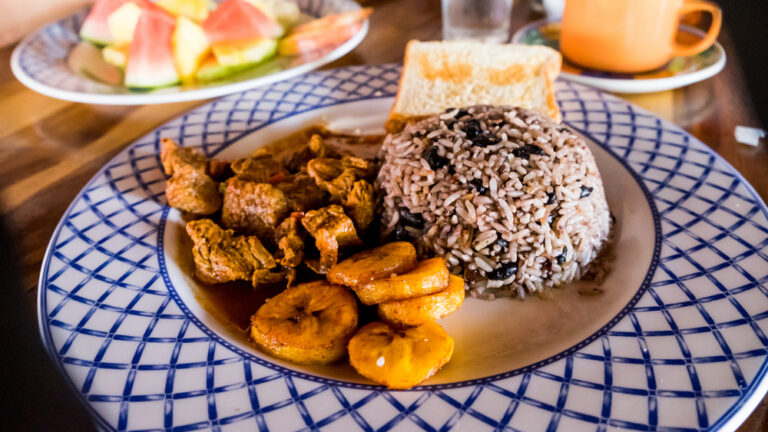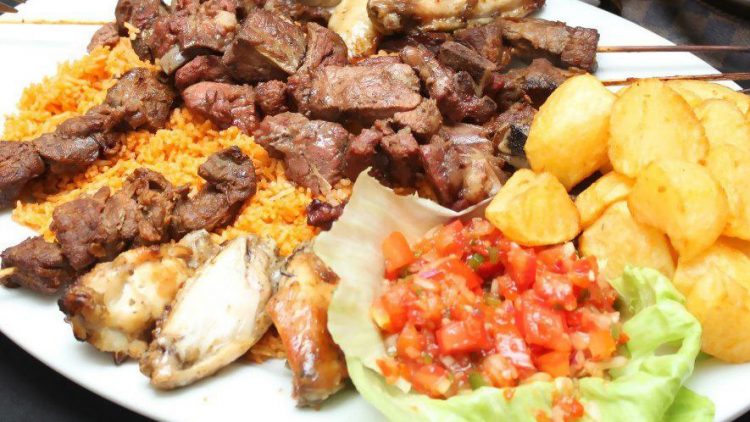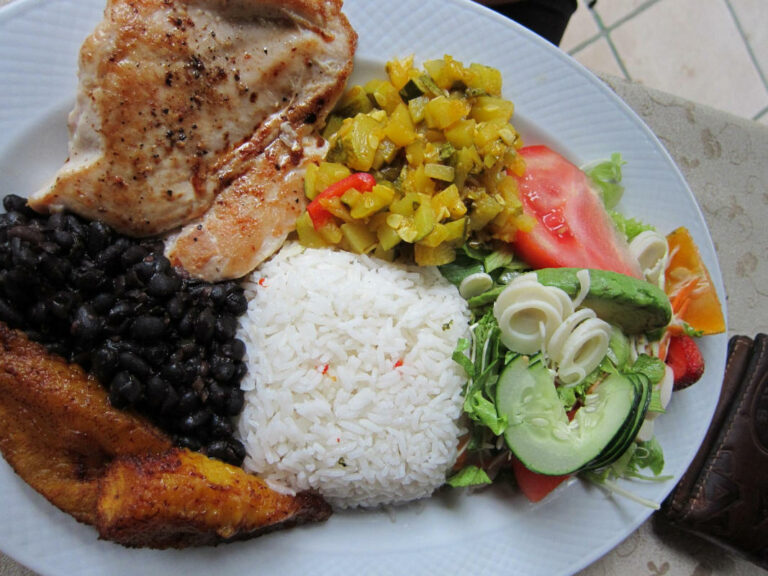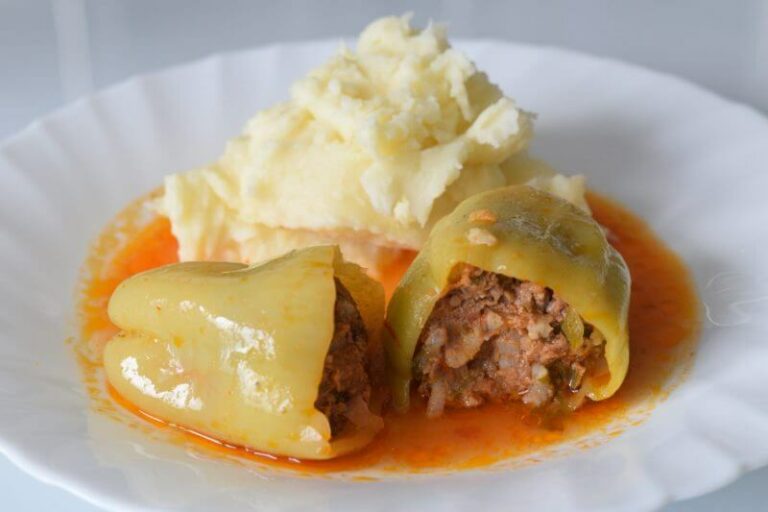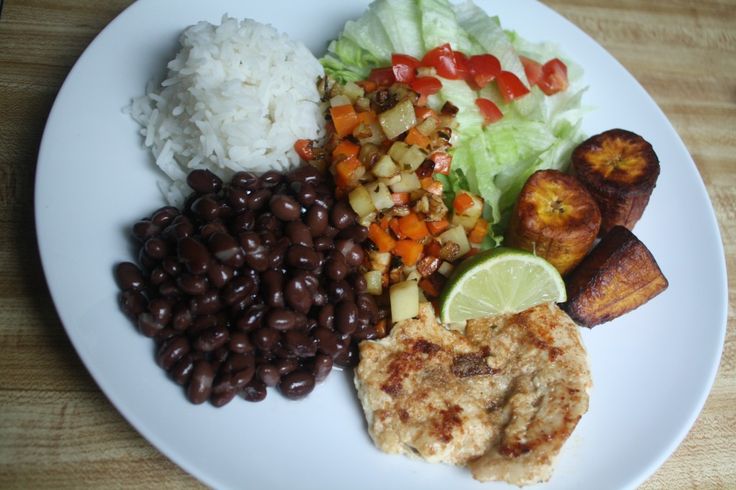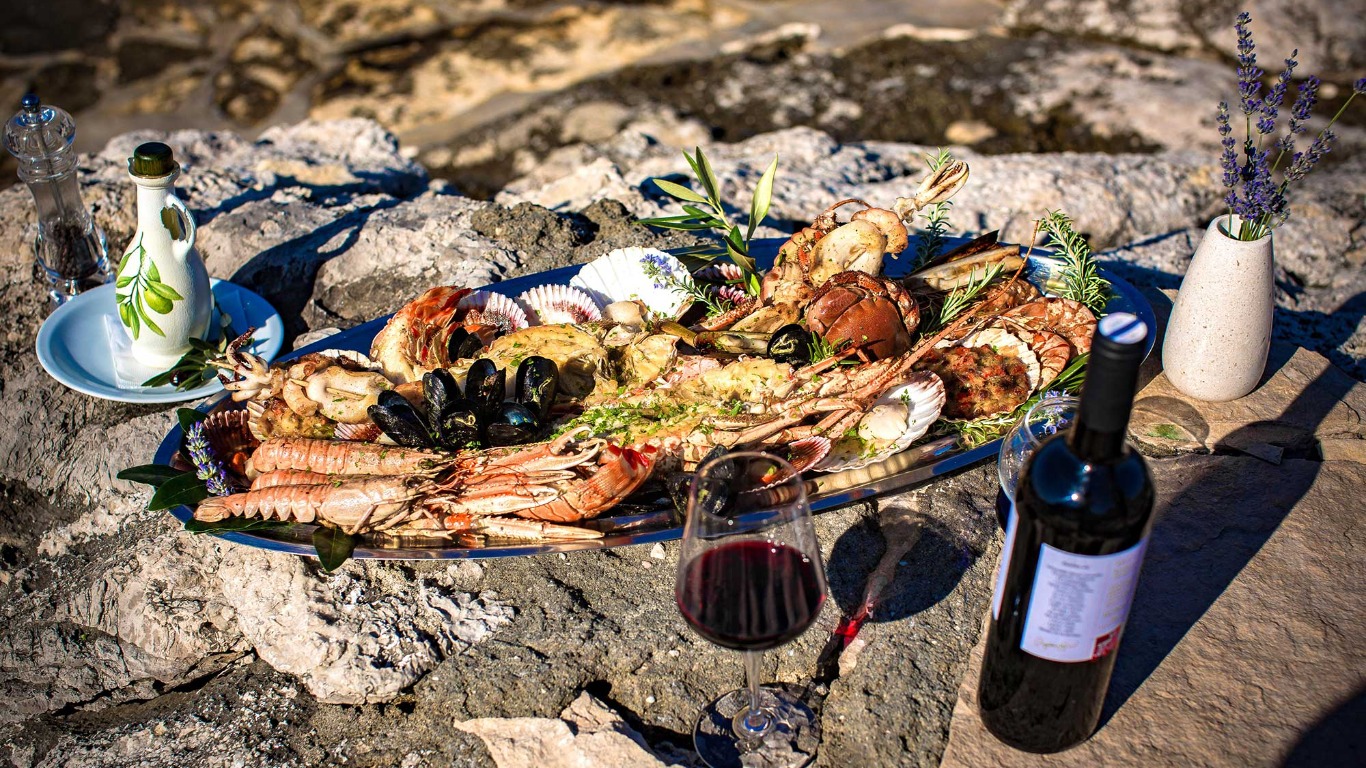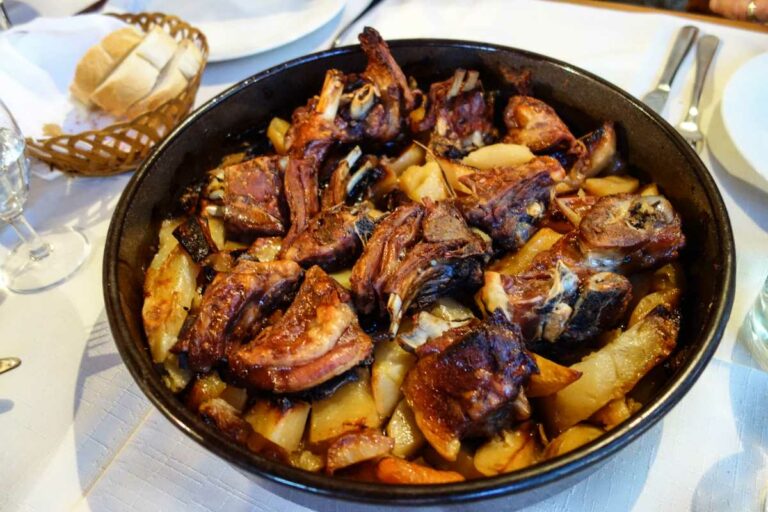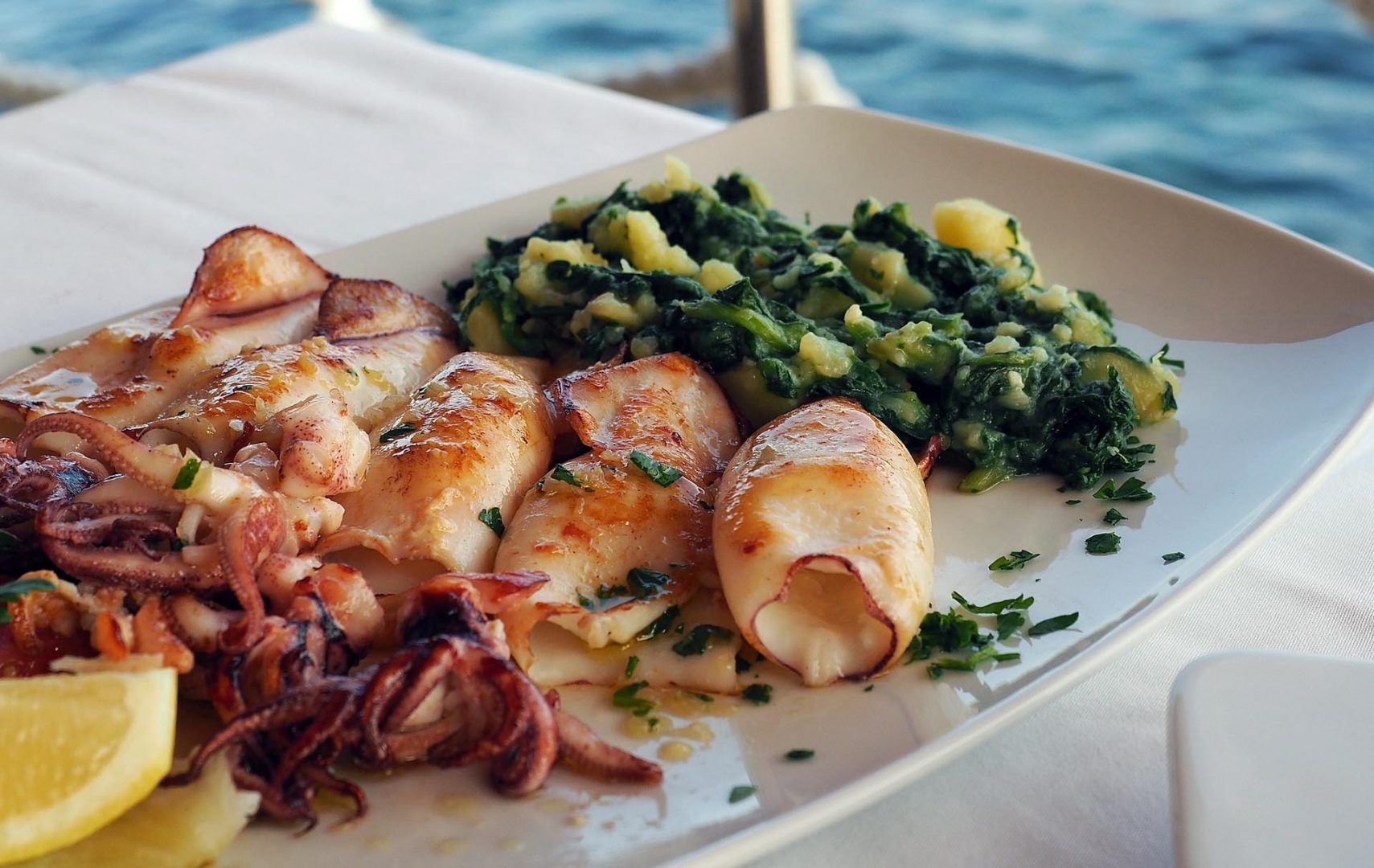Introduction: Costa Rican street food
Costa Rican street food is a vibrant and flavorful aspect of the country’s culinary culture. From savory empanadas to sweet plantains, the streets of Costa Rica are filled with delicious bites for locals and tourists alike. Street food is an important part of the country’s gastronomic scene, and it can be found in every corner of the country, from bustling cities to rural towns.
Exploring street food culture in Costa Rica
Food is an essential part of Costa Rican culture, and street food reflects the country’s diverse culinary influences. Costa Rican street food is a blend of Spanish, African, and indigenous ingredients and techniques, resulting in a unique and delicious cuisine. Some of the most popular street food dishes in Costa Rica include gallo pinto (rice and beans), chifrijo (rice, beans, pork, and avocado), and ceviche (marinated raw fish).
Street food vendors in Costa Rica take pride in their craft, often preparing their dishes with fresh, locally sourced ingredients. It’s not uncommon to see vendors selling their specialties from carts, stands, and trucks on the street. Costa Rican street food is not only tasty but also affordable, making it a favorite of locals and tourists alike.
Cultural events and festivals in Costa Rica
Costa Rican culture is rich and diverse, with a variety of festivals and events celebrating the country’s heritage and traditions. These cultural events often include street food vendors, showcasing their specialties to crowds of hungry festival-goers. From the Oxcart Parade Festival in Escazú to the Palmares Festival in Alajuela, Costa Rica hosts numerous events throughout the year, each with its unique culinary flair.
Street food festivals in Costa Rica
In recent years, Costa Rica has seen a rise in street food festivals, providing an opportunity for vendors to showcase their dishes and for food lovers to sample a variety of flavors. These festivals often feature live music, entertainment, and activities for all ages, making them a fun and exciting way to experience Costa Rican culture.
Popular street food festivals in Costa Rica
Some of the most popular street food festivals in Costa Rica include the Paseo Gastronómico La Luz in San José, the Feria del Gustico in Puntarenas, and the Pura Vida Food Fest in Tamarindo. These festivals attract vendors from all over the country, offering a diverse selection of street food dishes for attendees to enjoy.
The unique flavors of Costa Rican street food
Costa Rican street food is characterized by its use of fresh, local ingredients and bold flavors. The cuisine draws inspiration from the country’s diverse cultural influences, resulting in a range of dishes that are both traditional and innovative. From the tangy and refreshing flavors of ceviche to the hearty and savory chifrijo, Costa Rican street food offers something for every palate.
Must-try street food dishes in Costa Rica
If you’re visiting Costa Rica, there are a few street food dishes that you simply can’t miss. Gallo pinto is a Costa Rican staple, made with rice and beans and often served with eggs, plantains, and cheese. Tamales, a traditional Mesoamerican dish, are also a must-try, typically filled with chicken or pork and wrapped in banana leaves. And of course, no visit to Costa Rica is complete without trying the country’s famous casados, a plate featuring rice, beans, meat, and salad.
Conclusion: The best street food festivals in Costa Rica
Costa Rican street food is a vibrant and delicious aspect of the country’s culinary scene, and street food festivals provide a unique opportunity to experience it all. From the Paseo Gastronómico La Luz to the Pura Vida Food Fest, Costa Rica hosts a variety of festivals throughout the year, each showcasing the best of the country’s street food culture. So whether you’re a food lover or simply looking for a fun and unique cultural experience, be sure to add a Costa Rican street food festival to your bucket list.

